Let's Stop Extinction so we don't lose undiscovered species - 2024
Cal Academy Adds Over 100 New Species to the Library of Life in 2024
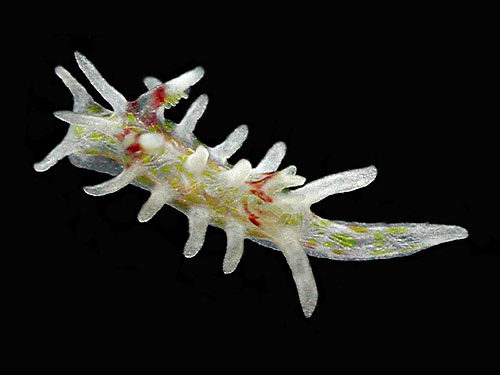
New species of sea slug, Bermudella lahainensis.
Researchers at the California Academy of Sciences have unveiled a list of all the new animal, plant and fungi species that they added to the Library of Life in 2024.
The new species include a pygmy pipehorse camouflaged in sponges found off the coast of South Africa, an edible and endangered Oaxacan dahlia that looks like a succulent, and 136 other fishes, leaf bugs, worms, sea slugs, spiders, ghost sharks and more.
These discoveries expand our understanding of Earth’s biodiversity. Below, KQED has compiled a list of some of the most eye-catching of the new plants and critters.
A damselfish from the twilight zone
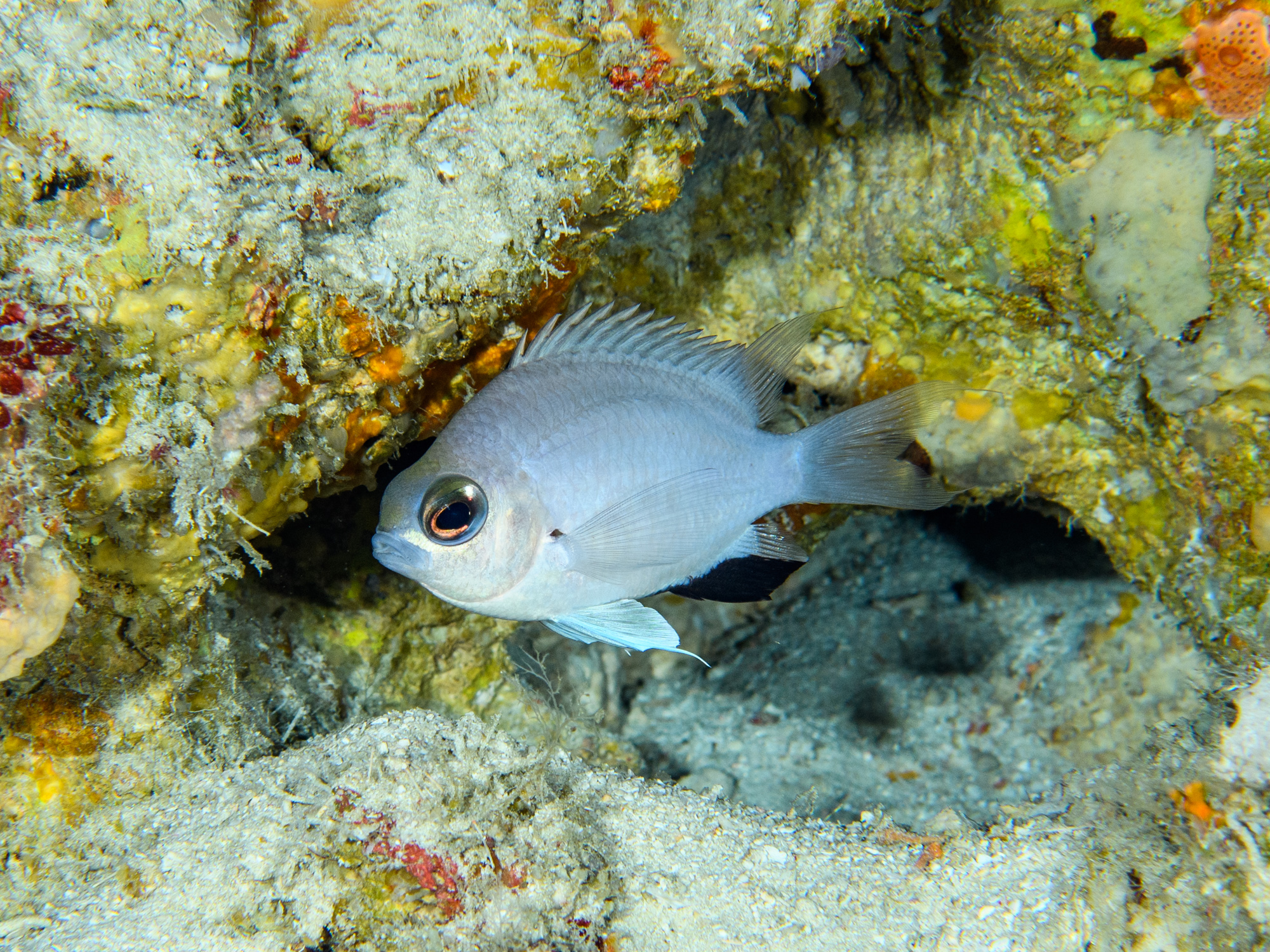
Scientists found Chromis abadhah, a stunning, milky white damselfish in the Maldives’ mesophotic coral reefs, which lie between 100 and 500 feet beneath the ocean surface – what researchers call the twilight zone. It is one of 35 species of fish the Academy discovered this year.
This opalescent fish brings attention to the beauty — and vulnerability — of this deep zone of the ocean, said Academy Ichthyology Curator Luiz Rocha.
“It’s a really pretty fish. The minute we saw it when we were diving, even before we collected a specimen, we knew it was a new species just because of how distinctive the color was,” Rocha said.
Rocha and his collaborators chose to name the damselfish with the epithet “abadhah,” which means “perpetual” in Dhivehi, the language of the Maldives. It is meant to honor the commitment to finding solutions to the planet’s environmental challenges through science and innovation.
“I think it’s really important to give these [new] species names,” Rocha said. It makes it a lot easier to learn more about how to protect their habitats, he added. “Otherwise, we’re going to lose them even before we know what’s there.”
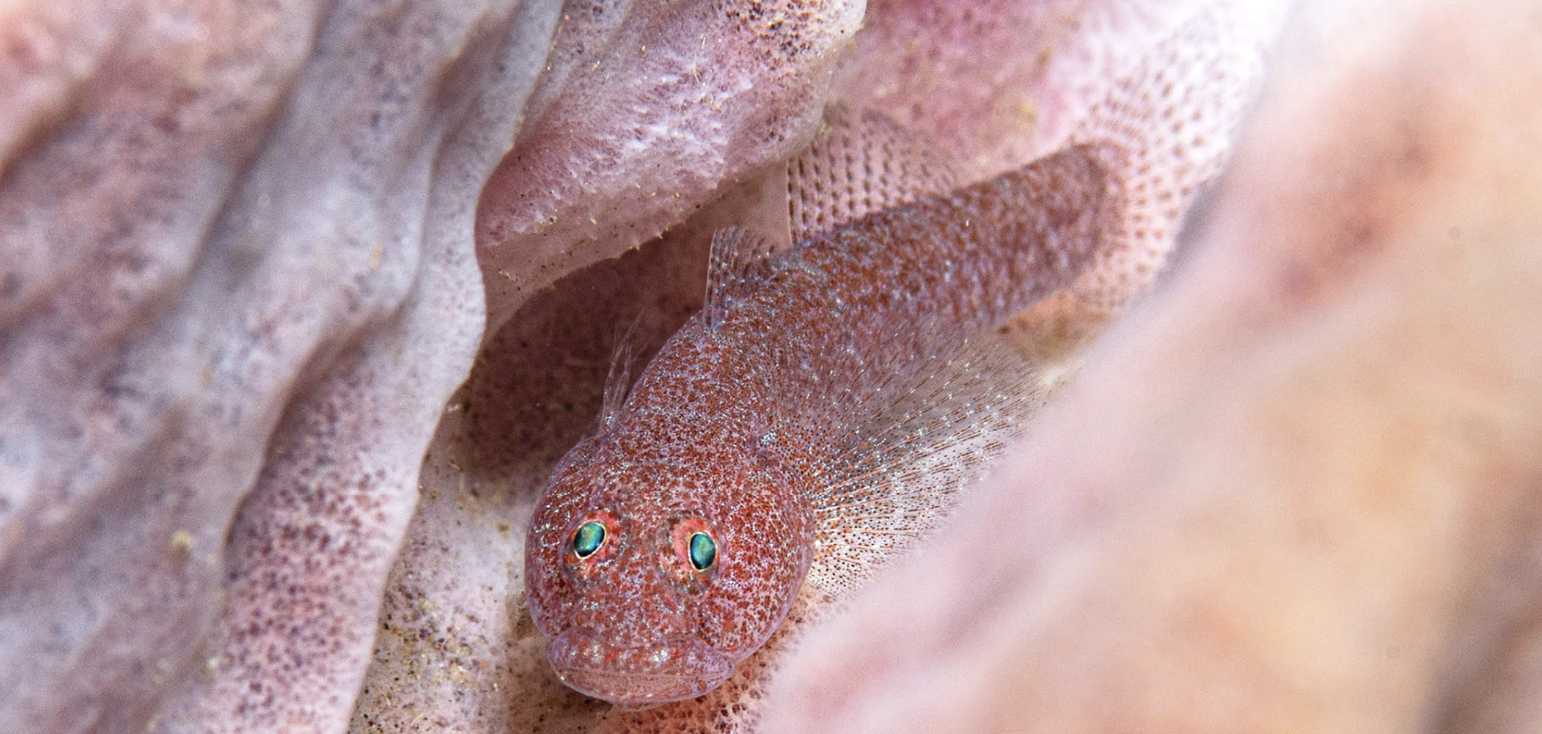
A sponge-dwelling goby found in Indonesia and a deep-sea ghost shark in the South Pacific were other fish species researchers at the Academy described this year.
South African pygmy pipehorse

The pygmy pipehorse Cylix nkosi was discovered off South Africa’s rugged coast. These tiny, elusive creatures — no bigger than a golf tee — camouflage among sponges on the ocean floor.
Scientists found the genus of this pipehorse originally in the cool temperate waters surrounding the North Island of New Zealand. But this new species was discovered in the subtropical waters off the coast of South Africa, officially expanding the known range of this group into the Indian Ocean.
“We heard about an unfamiliar species from local divers in South Africa’s Sodwana Bay, so we suspected we’d find something new,” said Richard Smith, an Academy research associate. “We examined a single male specimen from the South African Institute for Aquatic Biodiversity collection — which had remained unidentified since it was collected in 1987 — to complete the study.”
The species’ name, “nkosi,” honors its crown-like head and the Zulu word for “chief.”
The endangered and edible Dahlia from Oaxaca
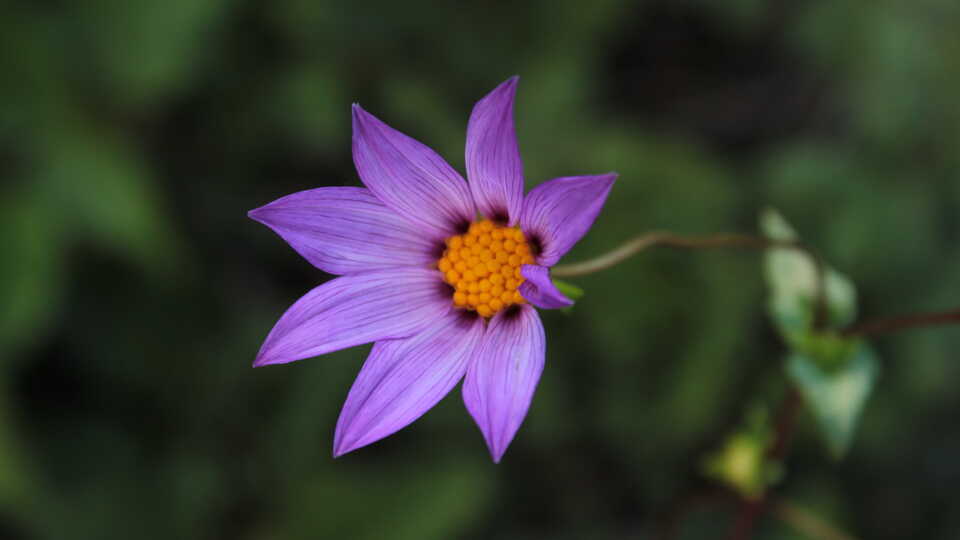
The critically endangered Dahlia gypsicola species grows in Oaxaca, Mexico, where nutrient-poor gypsum soils challenge most plants. Its semi-succulent leaves and thick roots have adapted to survive these harsh conditions.
“This discovery confirms a geographic pattern of species richness, as it highlights Oaxaca as the center of biodiversity and draws our attention to the areas of Mexico that we must continue to explore,” Arturo Castro-Castro, co-author and collaborating researcher on the study, said in a statement.
“It also contributes to Mexico’s rich biocultural heritage, as the roots and flowers of many dahlia species are edible,” Castro-Castro added.
“The leaves of Dahlia gypsicola, which are semi-succulent and aromatic, are consumed as a raw quelite [wild, edible greens] by the inhabitants of San Sebastián Tecomaxtlahuaca and Santiago Juxtlahuaca in the Mixteca Region of Oaxaca.”
Marine worms add to the Museum of Life
The Academy’s invertebrate zoology collection manager, Christina Piotrowski, co-authored a paper describing eight distinct species of marine worms that, until now, were taxonomically lumped together. These small, segmented worms play essential roles in marine ecosystems, recycling nutrients and supporting biodiversity.
By analyzing DNA data and studying museum specimens from populations around the world, Piotrowski and her collaborators were able to characterize different species of the Iphione group.
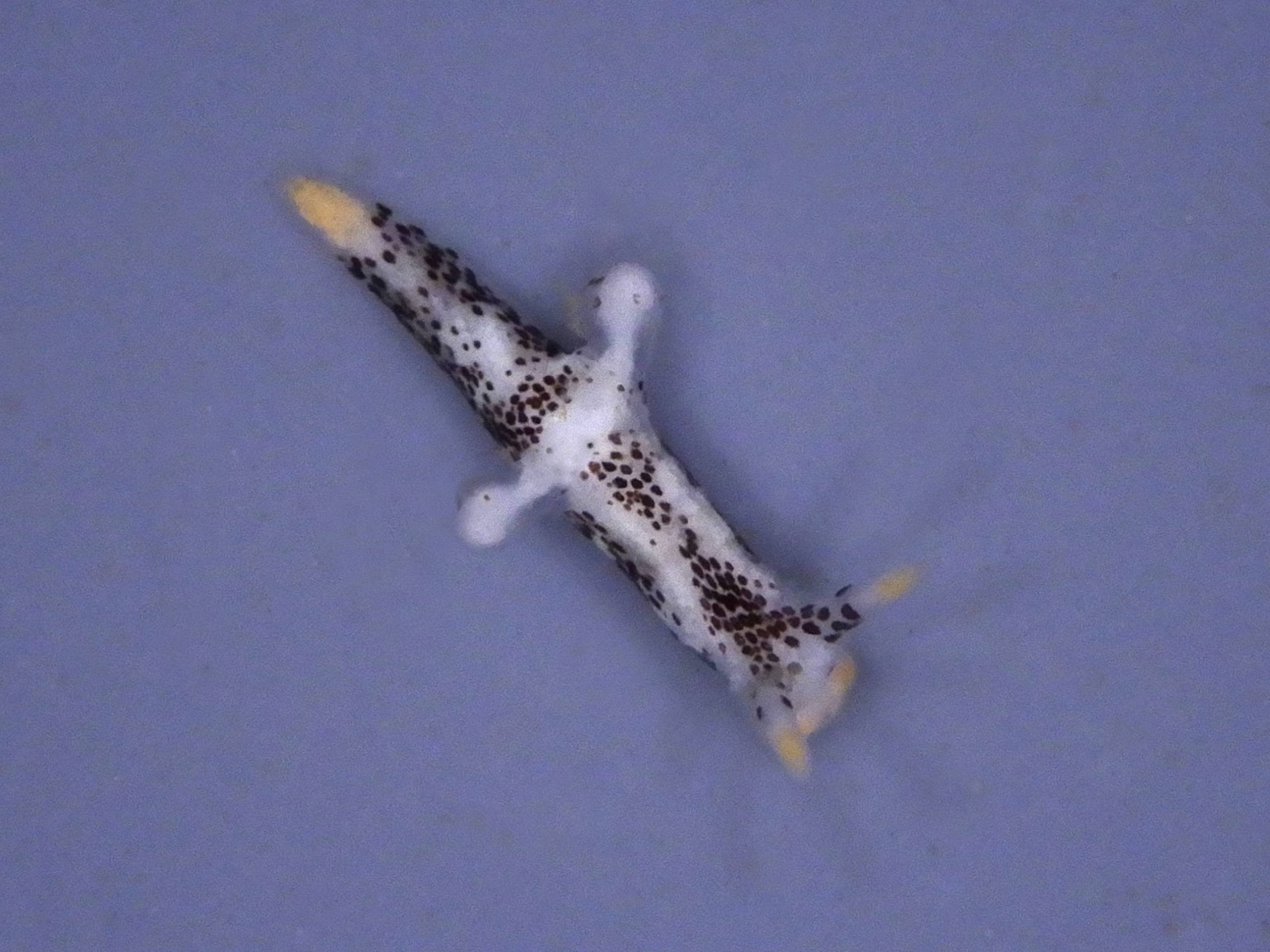
“These museums, including the Academy’s Invertebrate Zoology Collection, function collectively as a library of the planet’s biodiversity, allowing scientists to make new discoveries and test new theories about species definitions and boundaries,” Piotrowski said.
“We need to learn as much as we can more rapidly because some of these habitats are in peril right now due to changes in the natural environments and climate issues such as warming waters.”




Recent comments